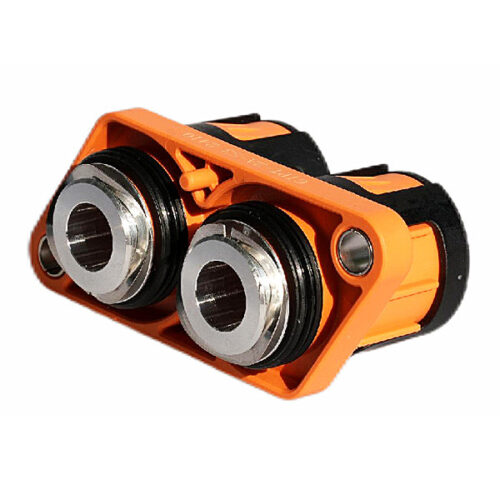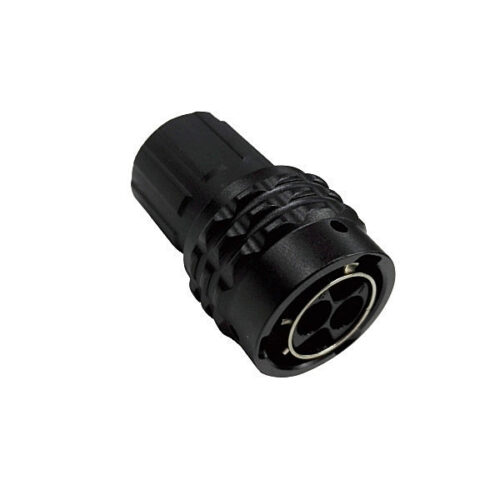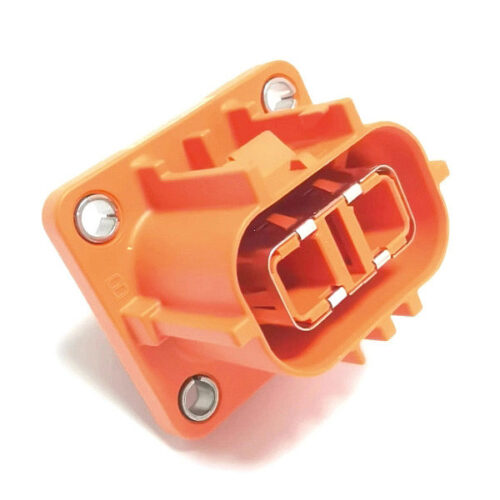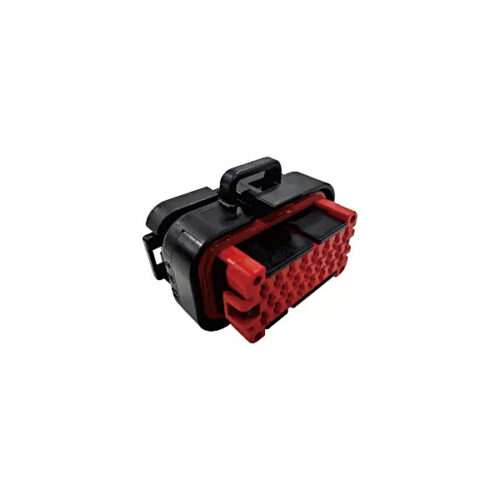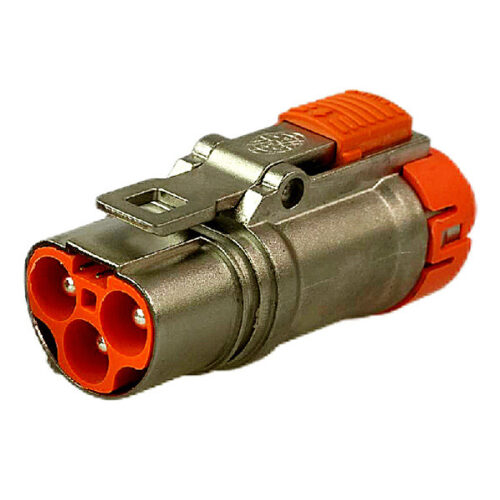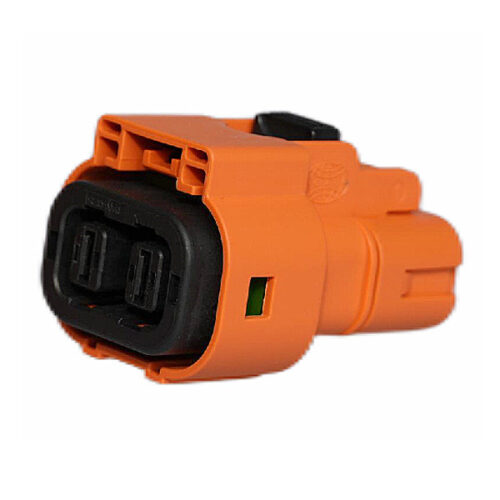Blogs & News
We are focus on automotive wiring harness & connectors technology.
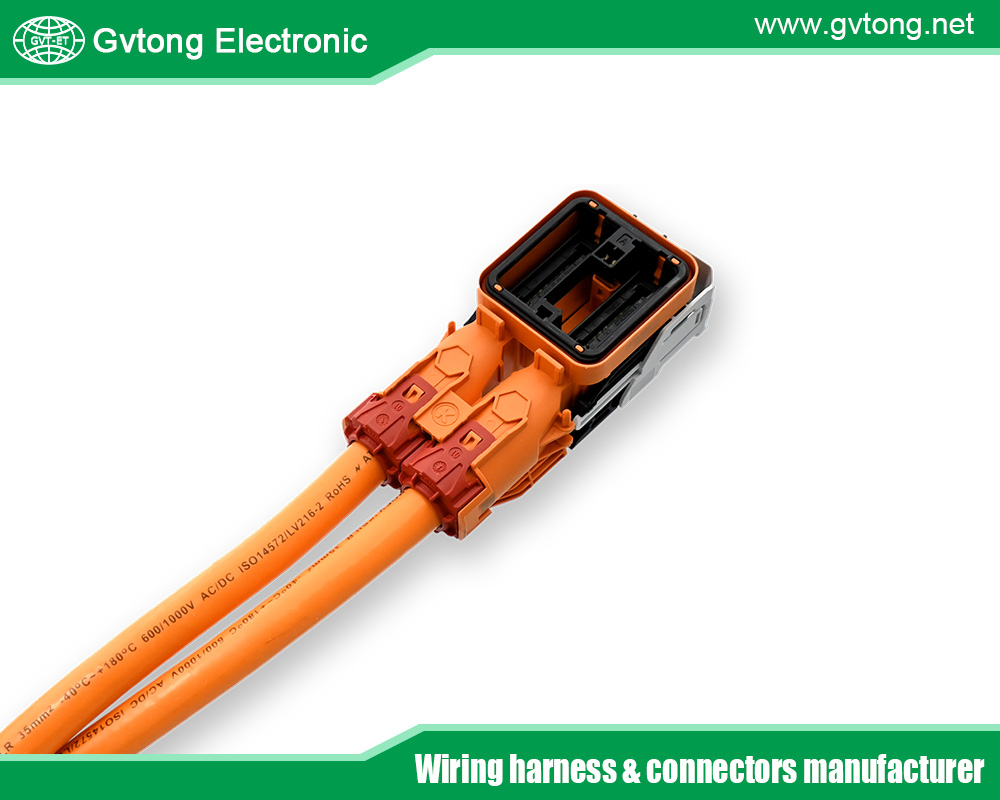
Automotive Low Voltage Signal And Power Connector Solutions
- Gvtong Electronic
- ADAS sensor connectors, Anti-vibration automotive connectors, automotive electrical connector, automotive High voltage connector, automotive low voltage signal, automotive low voltage signal and power connector, Automotive Low Voltage Signal And Power Connector Solutions, automotive Oil-resistant Connectors, Automotive shielded connectors, automotive waterproof connectors, Battery management system (BMS) connectors, best automotive low voltage signal and power connector, best automotive low voltage signal and power connector solutions, Blind-mate automotive connectors, EV charging connectors, Fuel cell connectors, High-speed data connectors, High-temperature resistant connectors, In-cabin infotainment connectors, Lightweight automotive connectors, low voltage signal, low voltage signal and power connector, Low Voltage Signal Connector, Low Voltage Signal Connector Solutions, Low Voltage Signal Connector Solutions Automotive, Low-contact resistance connectors, Modular automotive connectors, OEM-specific connectors, Oil-resistant automotive connectors, power connector, Pre-charge/discharge connectors, Quick-fit automotive connectors, V2X communication connectors
- No Comments
Automotive Low Voltage Signal And Power Connector Solutions
In the modern automobile, electrical systems serve as the backbone, powering everything from the engine to the infotainment display. Central to these systems are connectors—small yet indispensable components that facilitate the transmission of power and signals across a vehicle’s various parts. Automotive connectors must be durable, reliable, and capable of enduring harsh conditions, making their design and production a highly specialized field.
As vehicles evolve toward greater electrification and autonomy, the demand for advanced connectors is surging. This article delves into low voltage signal and power connector solutions within the automotive industry, examining their types, the challenges they face, and the innovations driving their future. Spanning approximately 2000 words, it aims to provide a comprehensive overview for readers interested in this critical aspect of automotive technology.
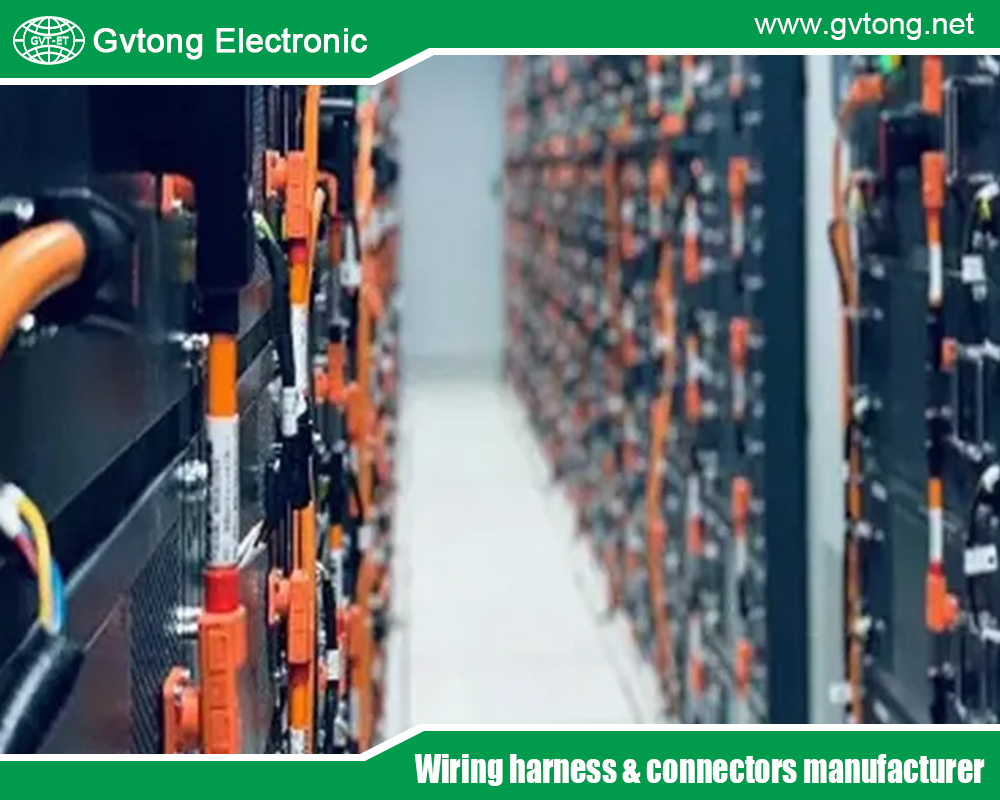
Low Voltage in the Automotive Context
In automotive terms, “low voltage” typically refers to electrical systems operating at 12V or 24V DC, which power most vehicle components outside of high-voltage propulsion systems in electric vehicles (EVs). These low voltage systems are vital for functions such as lighting, sensors, and electronic control units (ECUs). While EVs rely on high-voltage batteries (often exceeding 300V) for driving, low voltage systems remain essential for auxiliary operations across all vehicle types—gasoline, hybrid, and electric. This article focuses specifically on connectors designed for these low voltage applications, which dominate the electrical architecture of most vehicles today.
Types of Signal Connectors
Signal connectors in vehicles transmit data and control signals between electronic components, enabling communication essential for vehicle operation. Below are the most prevalent types used in low voltage automotive applications:
- CAN (Controller Area Network) Connectors: CAN is a robust standard that allows microcontrollers and devices to communicate without a central host. Often implemented with 9-pin D-sub connectors or smaller variants, CAN connectors link ECUs for critical systems like engine management and transmission control. Their strength lies in error detection and fault tolerance, making them ideal for safety-critical applications.
- LIN (Local Interconnect Network) Connectors: LIN offers a simpler, cost-effective solution for non-critical functions such as door locks, window controls, and climate systems. These connectors are compact, often using fewer pins than CAN connectors, and rely on single-wire communication to minimize wiring complexity and cost. They are frequently paired with CAN networks in body control modules.
- FlexRay Connectors: Designed for high-speed, deterministic data transmission, FlexRay supports advanced applications like chassis control and Advanced Driver Assistance Systems (ADAS). Operating at up to 10 Mbps, FlexRay connectors use shielded twisted pair cables to ensure signal integrity and reduce electromagnetic interference (EMI), catering to the demands of next-generation vehicles.
- Ethernet Connectors: With the rise of connected and autonomous vehicles, Automotive Ethernet is gaining prominence for high-bandwidth needs, such as infotainment, navigation, and vehicle-to-everything (V2X) communication. These connectors, adapted from IT standards, are ruggedized for automotive use and support data rates from 100 Mbps to over 1 Gbps.
Additional signal connectors, such as USB or proprietary interfaces, are also used for specific systems. Selection depends on factors like data rate, cost, space constraints, and EMI shielding requirements.
Types of Power Connectors
Power connectors distribute electricity to vehicle components, ranging from small sensors to larger systems like motors. Here are key types found in low voltage applications:
- Blade Connectors: Simple and economical, blade connectors feature a male blade that fits into a female receptacle. Commonly used in fuse boxes, lighting, and switch connections, they are versatile for general power distribution.
- Ring Terminals: Ideal for secure, high-current connections, ring terminals are crimped onto wires and bolted to battery terminals or grounding points. Their design ensures reliability and resistance to vibration, critical for stable power delivery.
- PCB (Printed Circuit Board) Connectors: These connect electronic modules—like sensors or control units—to the vehicle’s wiring harness. Available in board-to-board or wire-to-board configurations, they are essential for integrating complex electronics in tight spaces.
- High-Current Connectors: Used in demanding applications such as electric power steering or start-stop systems, these connectors handle higher amperages. They often include robust locking mechanisms to prevent disconnection under load or vibration.
Power connector choice hinges on current capacity, environmental exposure, and installation space, ensuring efficient and safe power distribution throughout the vehicle.
Challenges in Automotive Connector Design
Designing connectors for automotive use involves overcoming several unique hurdles:
- Environmental Factors: Connectors face extreme conditions, including temperatures from -40°C to +125°C, vibration, moisture, and chemical exposure (e.g., oil, fuel). Manufacturers address this with high-temperature plastics, corrosion-resistant metals, and sealing methods like O-rings or grommets to protect against ingress.
- Space Constraints: Modern vehicles are densely packed with electronics, leaving little room for connectors. This drives the development of compact designs, such as micro and nano connectors, which maintain performance in confined spaces.
- Reliability: Connectors must operate flawlessly for a vehicle’s lifespan—often over 10 years or 150,000 miles. Rigorous testing, including thermal cycling and vibration resistance, ensures durability under real-world conditions.
- Cost Pressure: The competitive automotive market demands cost-effective solutions. Manufacturers innovate by optimizing materials and streamlining production while meeting performance standards.
- Safety: Connector failures can lead to accidents or fires, particularly in power applications. Safety features like secure locking and fail-safe designs are critical to prevent such risks.
These challenges are met through advanced materials, precise engineering, and adherence to standards like ISO 16750, ensuring connectors perform reliably in the automotive environment.
Emerging Trends and Future Directions
The automotive connector landscape is evolving, influenced by technological and industry shifts:
- Miniaturization: As vehicles integrate more electronics, connectors must shrink. Micro and nano connectors with pitches as small as 0.35mm enable high-density applications without compromising functionality.
- Higher Data Rates: Autonomous driving and advanced infotainment demand faster data transmission. High-speed connectors supporting Ethernet and USB 3.0 are becoming standard, with the automotive connector market projected to grow at a 7.5% CAGR from 2021 to 2026 due to these needs.
- Wireless Connectivity: While not replacing physical connectors entirely, wireless technologies like Bluetooth and NFC reduce reliance on some signal connectors (e.g., in keyless entry). Physical connectors, however, remain vital for power and high-reliability data links.
- Electrification: The rise of electric and hybrid vehicles increases demand for high-current connectors, even in low voltage systems. For example, 48V systems in mild hybrids require connectors that balance power capacity with safety.
- Sustainability: Environmental concerns push for recyclable materials and designs that simplify end-of-life disassembly. Bio-based plastics and lead-free soldering are gaining traction as sustainable options.
These trends spur continuous innovation, with potential future developments like smart connectors featuring diagnostics or self-healing materials enhancing reliability further.
Selecting the Right Connector
Choosing the right connector for a automotive low voltage signal and power connector application involves evaluating key criteria:
- Current Rating: Power connectors must handle the component’s maximum current, with a margin for surges.
- Number of Pins: Signal connectors need sufficient pins for data lines, with room for future expansion.
- Environmental Sealing: IP ratings (e.g., IP67) ensure protection against moisture and dust, especially in harsh areas like the engine bay.
- Temperature Range: Connectors must operate within -40°C to +125°C, common in automotive settings.
- Vibration Resistance: Locking mechanisms or standards like SAE J2030 prevent loosening from road vibrations.
- Size and Weight: Compact designs save space and reduce vehicle weight, aiding efficiency.
- Cost: Performance must align with budget, factoring in production volume and maintenance costs.
This systematic approach ensures connectors meet application-specific needs while maintaining reliability and cost-effectiveness.
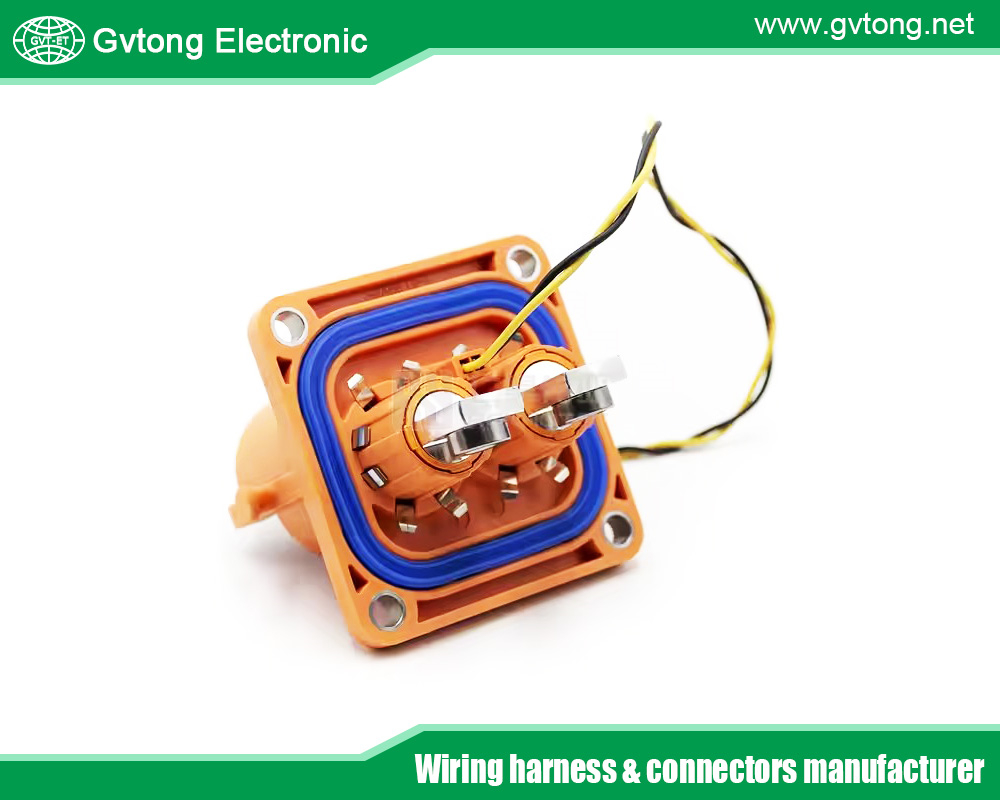
Conclusion
Automotive low voltage signal and power connectors are unsung heroes, enabling the functionality and safety of today’s vehicles. From facilitating critical data exchange to powering diverse components, they must meet stringent demands for durability, performance, and safety. With a variety of connector types tailored to specific roles, manufacturers address challenges through innovative design and materials.
As the automotive industry advances toward electrification, connectivity, and autonomy, connectors will play an increasingly pivotal role. Trends like miniaturization, higher data rates, and sustainability are reshaping their development, ensuring they keep pace with evolving vehicle technologies. Companies that innovate in this space will drive the future of mobility, making low voltage connectors a cornerstone of automotive progress.
For more about the best automotive low voltage signal and power connector solutions, you can pay a visit to Gvtong at https://www.gvtong.net/ for more info.

